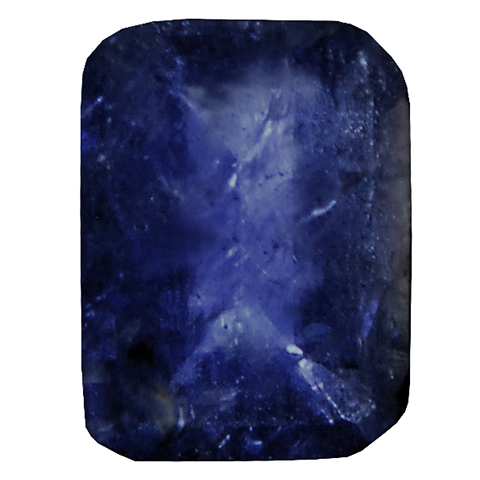Iolite
It is a magnesium iron aluminum silicate and most often occurs in alumina rich rocks metamorphosed by intense heat. It is found in hornfelses, schists and gneisses in association with andalusite, spinel, quartz, and biotite mica. Also known as “water sapphire”, because a clear stone can resemble a slightly violet sapphire. Officially named after the French geologist P.L.A. Cordier (1777 – 1861).
Iolite is a blue-violet gemstone variety of the mineral cordierite, has strong pleochroism and can be confused with tanzanite. However, iolite is usually less strongly colored, its pleochroic colors vary from blue-violet to yellowish gray to blue and it has less fire.
It is a magnesium iron aluminum silicate and most often occurs in alumina rich rocks metamorphosed by intense heat. It is found in hornfelses, schists and gneisses in association with andalusite, spinel, quartz, and biotite mica. Also known as “water sapphire”, because a clear stone can resemble a slightly violet sapphire. Officially named after the French geologist P.L.A. Cordier (1777 – 1861).
Iolite enhances our intuition and helps to release our unbounded expanded self. Refines our ability to develop and mature our capacity to know in an unmediated and non conceptual way the illimitable universe that we live in.
Iolite derives its name from the Greek ‘io’, meaning violet flower. It is said that the Vikings used a thin sliver of cordierite as a polarizing lens, a navigational tool that determines the exact position of the sun.






